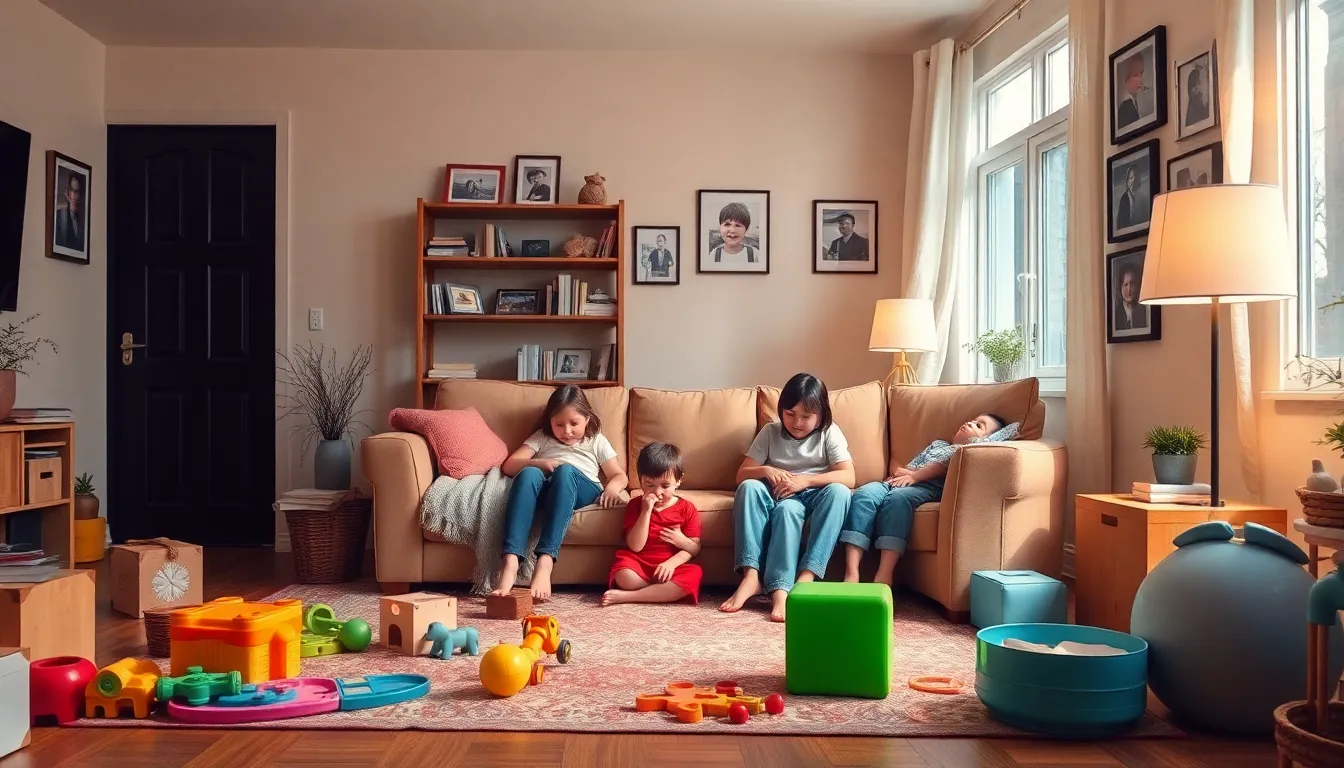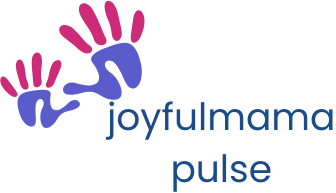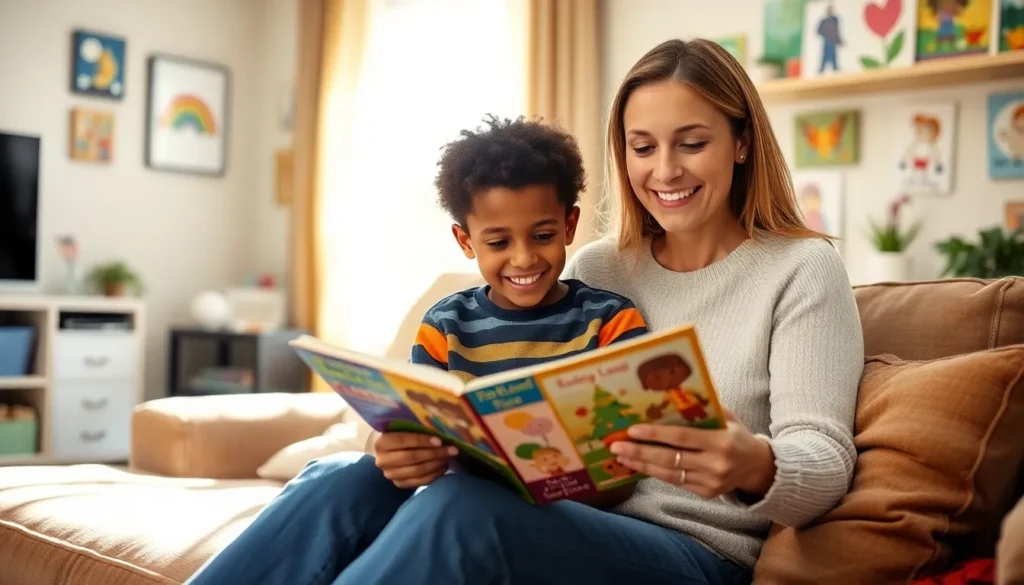Table of Contents
ToggleWhen it comes to caring for children in need, fostering and adoption often get tangled in a game of semantic Twister. While both paths lead to love and support for vulnerable kids, they’re like apples and oranges—equally delicious but entirely different fruits. Fostering offers a temporary haven, while adoption is a lifelong commitment, much like that one friend who always borrows money and never pays it back.
Understanding these differences can help potential caregivers make informed choices. Whether someone’s drawn to the flexibility of fostering or the permanence of adoption, knowing the ins and outs of each option can lead to a more fulfilling experience. So buckle up as we dive into the delightful world of fostering and adoption, unraveling the complexities with a dash of humor and a whole lot of heart.
Overview of Fostering and Adoption
Fostering and adoption both serve critical roles in providing care for children, yet they differ significantly. Understanding these differences helps caregivers choose the best path for them.
Definitions of Fostering
Fostering involves temporary care for children who cannot live with their biological families. Caregivers provide a stable environment until family reunification is possible or until the child can transition to a permanent home. Generally, fostering occurs through state agencies or licensed organizations. Children may remain in foster care for days, months, or even years, depending on their circumstances. The focus often remains on the child’s well-being while working towards family reunification or finding suitable long-term placements.
Definitions of Adoption
Adoption signifies a permanent commitment to a child, establishing a legal parent-child relationship. Once finalized, the adopting parents assume all parental rights and responsibilities. The process includes comprehensive assessments, home studies, and legal proceedings to ensure the child’s best interests. Adoptive families can emerge from various backgrounds, including biological parents looking to place their children and individuals or couples wishing to grow their families. Unlike fostering, adoption offers children a lifelong, stable family environment, reinforcing security and belonging.
Key Differences Between Fostering and Adoption

Understanding the key differences enhances clarity regarding each caregiving role. Fostering and adoption involve distinct legal and emotional commitments.
Legal Aspects
Fostering operates under temporary legal agreements. State agencies or licensed organizations oversee placements and maintain custody of the child. In contrast, adoption establishes a permanent legal relationship. Adoptive parents receive full parental rights, assuming all responsibilities for the child. Legal proceedings rigorously assess the child’s best interests during adoption, aiming for a stable home environment.
Duration of Care
Fostering can vary significantly in duration, ranging from a few days to several years. Children can transition through multiple foster homes before finding a permanent placement. Adoption, however, results in an enduring commitment. Once finalized, the adoptive relationship persists for life, emphasizing stability and security for the child.
Parental Rights
Foster parents possess limited parental rights, primarily concerning the child’s daily care and welfare. Biological families typically retain legal rights during fostering arrangements. Adoptive parents, on the other hand, gain all rights upon completion of the adoption process. This complete transfer of rights solidifies the parent-child bond, ensuring long-term emotional stability and connection.
Emotional Impact on Children
Children experience various emotional impacts in both fostering and adoption contexts. Understanding these differences helps caregivers provide appropriate support.
Attachment Issues
In fostering, children may struggle with attachment. Frequent changes in caregivers can lead to insecurity. It’s common for foster children to build walls around their emotions. They often find it difficult to trust new adults. Challenges in forming secure attachments can persist, affecting relationships later in life.
Adopted children also face attachment issues, though the permanence of adoption provides a sense of stability. Bonds may initially feel strained as children adjust to their new family. Adoptive parents play a crucial role in nurturing emotional connections. With patience and understanding, they can help children develop trust and intimacy.
Stability and Security
Stability and security impact a child’s emotional welfare significantly. Fostering offers temporary care but lacks long-term stability. Children in foster care may feel anxiety due to uncertainty about their future, which creates emotional turmoil. They often grapple with feelings of abandonment, making it harder to feel safe.
Adoption, however, creates a stable environment. Adoptive children benefit from the permanence of their new family. Emotional security fosters resilience and helps in building healthy self-esteem. A committed adoptive family can provide the nurturing atmosphere needed for children to thrive.
Pros and Cons of Fostering and Adoption
Both fostering and adoption come with distinct advantages and challenges. Understanding these elements helps prospective caregivers choose the right path.
Advantages of Fostering
Fostering offers flexibility to caregivers who may not yet be ready for long-term commitment. Temporary care provides valuable experiences in nurturing and supporting children facing hardships. Foster parents can also help stabilize a child’s life during a tumultuous period, facilitating a smoother transition back to their biological families or to adoption. Additionally, numerous support resources are available for foster parents, including training and counseling, which can ease the challenges of caregiving.
Advantages of Adoption
Adoption establishes a permanent, secure relationship between adoptive parents and children. This stability creates an environment that promotes emotional growth and attachment. Families have the opportunity to build lifelong bonds, enriching their lives with shared experiences. Adoptive parents enjoy complete legal rights, enabling them to make significant decisions regarding the child’s upbringing. Many adoption agencies also provide ongoing support, ensuring that families have the needed resources for a successful transition.
Challenges in Both Systems
Both fostering and adoption present unique challenges. Foster parents may experience emotional strain due to the temporary nature of placements and potential disruptions from reunification efforts. Adjusting to frequent placements can be difficult for children, often leading to feelings of insecurity. Adoption, while providing permanence, may involve complex legal processes and emotional hurdles, such as navigating the child’s past trauma. Both systems require resilience and patience from caregivers to support the children’s needs effectively.
Understanding the difference between fostering and adoption is crucial for anyone considering becoming a caregiver. Each path offers unique opportunities and challenges that cater to different needs and circumstances. While fostering provides valuable support to children in transition, adoption creates a lasting family bond that promotes emotional stability.
Potential caregivers should reflect on their own readiness for commitment, the emotional implications for the children involved, and the specific legal responsibilities tied to each option. By recognizing these distinctions, they can make informed choices that align with their values and circumstances, ultimately providing the best possible care for children in need.





